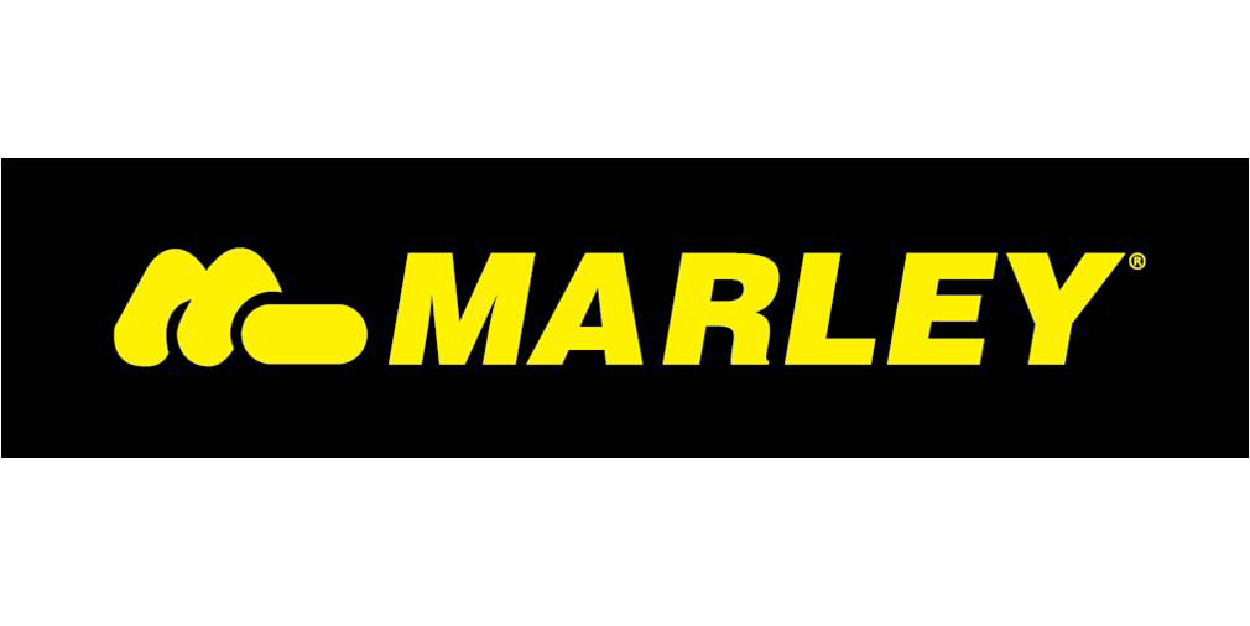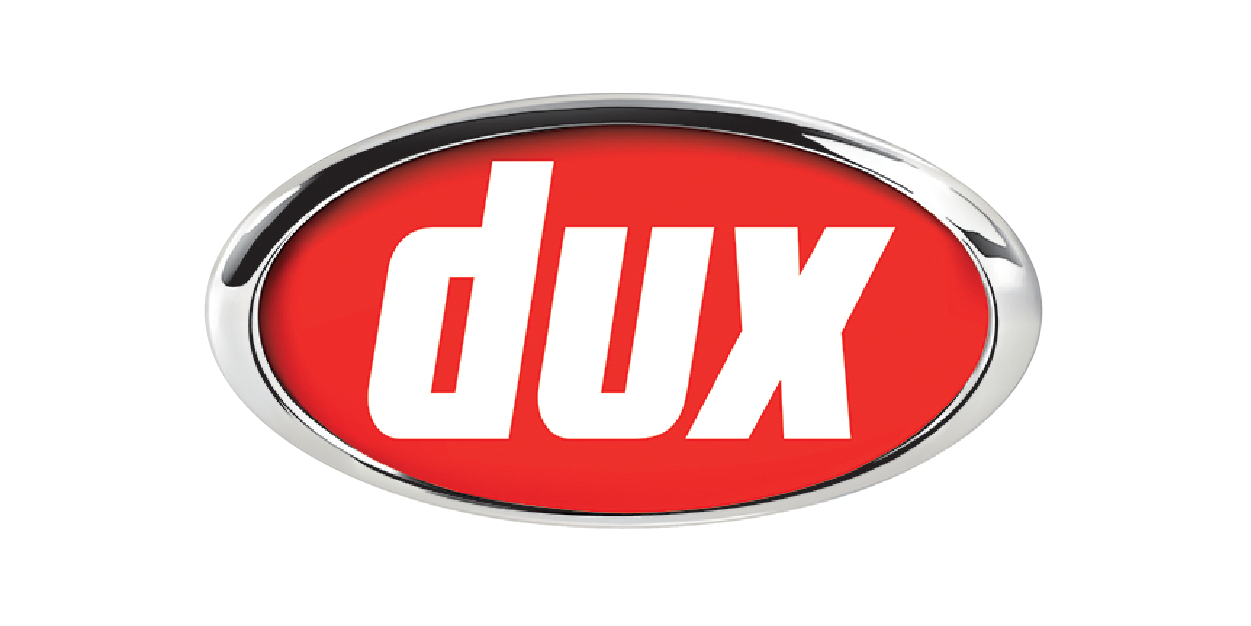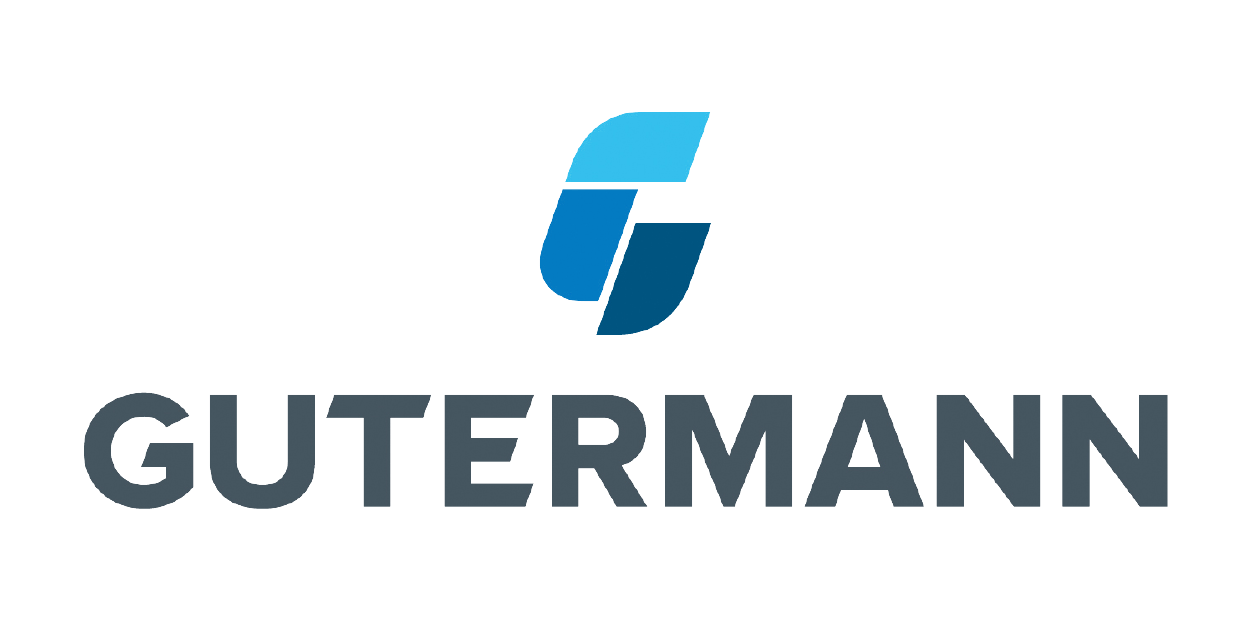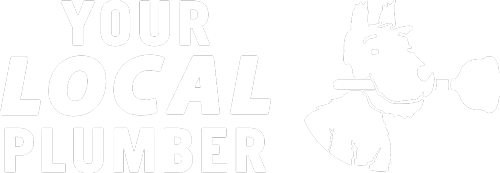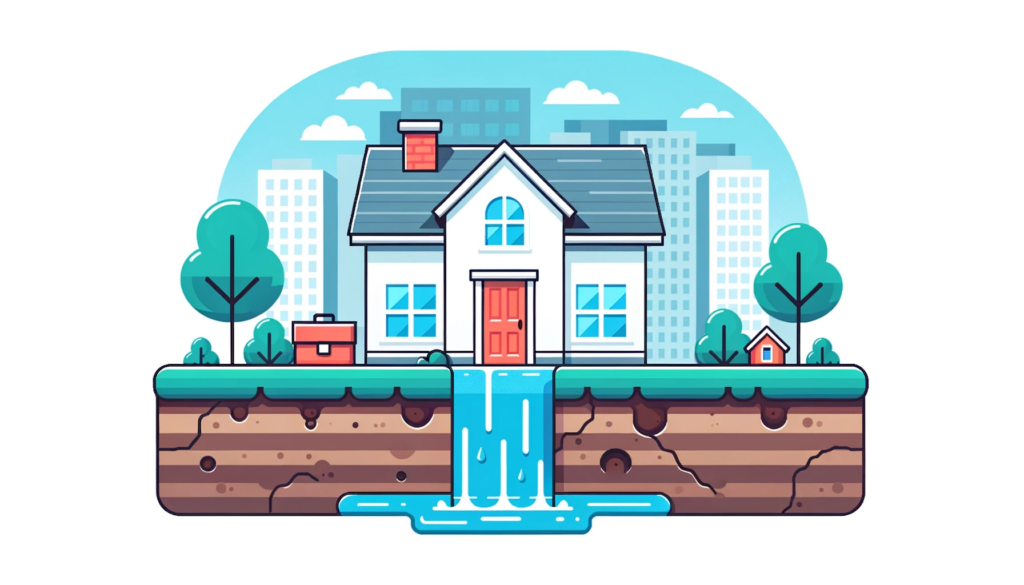
Call Today 09 973 4973 or
Initial Response and Safety Measures
The first priority in any gas-related incident is ensuring the safety of all individuals involved. This includes:
- Evacuating the Area: Immediately evacuate the premises at the first sign of a gas leak or if an incident occurs. Ensure that all occupants are accounted for and move to a safe location away from the property.
- Contacting Emergency Services: Dial the appropriate emergency number to report the incident. In New Zealand, this would typically involve notifying the Fire Service and, if necessary, the gas supply company to shut off the gas to the property.
- Ventilating the Area: If it’s safe to do so, open windows and doors to allow gas to dissipate and reduce the concentration of any potentially harmful gases in the air.
Assessment and Documentation
Once the immediate safety concerns have been addressed, the next steps involve assessing and documenting the damage:
- Professional Assessment: Engage a licensed gasfitter to conduct a thorough assessment of the gas system and appliances to identify the source of the incident and any related damage. Structural assessments may also be necessary, depending on the extent of the damage.
- Documenting the Damage: Take detailed photographs and notes of all damage related to the incident. This documentation will be crucial for insurance claims and for planning the repair process.
Insurance Claims and Repairs
Dealing with insurance companies is a key component of addressing gas-related property damage:
- Notifying Your Insurance Provider: Contact your insurance provider as soon as possible to report the incident. They will guide you through the process of filing a claim.
- Filing a Claim: Provide your insurance company with all necessary documentation, including photographs, a report from the gasfitter, and any other relevant information to support your claim.
- Undertaking Repairs: Once your claim is processed, work with licensed professionals to repair the gas system, appliances, and any structural damage. Ensure that all repairs comply with New Zealand’s building and gas safety regulations.
Preventive Measures
To prevent future gas-related property damage, consider the following measures:
- Regular Maintenance: Schedule regular inspections and maintenance of your gas system and appliances by a licensed gasfitter.
- Safety Upgrades: Install gas detectors and consider upgrading appliances and systems with modern safety features.
- Education: Educate all occupants of the property on gas safety practices, including how to detect a gas leak and the importance of regular maintenance.
Addressing gas-related property damage effectively requires a coordinated approach that prioritises safety, leverages professional expertise, and utilises insurance coverage for repairs. Taking preventive measures can also significantly reduce the risk of future incidents, ensuring a safer environment for all occupants.
Recovery and Restoration
After the immediate response to a gas-related incident and the initial steps towards repair and insurance claims, the focus shifts to recovery and restoration. This phase involves:
- Restoration of Services: Ensuring that gas services are safely restored involves not just repairs but also re-inspection by certified professionals to confirm that the system is safe to use. This might include pressure testing gas lines and verifying the proper installation and function of gas appliances.
- Structural Repairs: In cases where the property has suffered structural damage, it’s crucial to work with qualified builders or contractors who understand the specific requirements for safely repairing properties affected by gas incidents. This may involve coordination with local building authorities to ensure compliance with building codes.
Long-term Safety Improvements
The aftermath of a gas-related incident provides a critical opportunity to evaluate and improve the overall safety of the gas system:
- Upgrading Equipment: Consider upgrading older gas appliances and systems to newer models equipped with advanced safety features. Modern gas appliances often include automatic shut-off mechanisms, improved ventilation systems, and more reliable controls.
- Enhancing Detection Systems: Installing additional gas and carbon monoxide detectors can provide an extra layer of safety. Smart detectors that can send alerts to your phone or other devices offer an added advantage, especially for property managers or owners who are not always on-site.
Compliance and Regulations
In New Zealand, all repairs and upgrades to gas systems must comply with the Gas (Safety and Measurement) Regulations 2010 and relevant local building codes. Compliance ensures not only the safety of the occupants but also protects the property owner or manager from potential legal issues. Key considerations include:
- Certification: All gas fitting work must be carried out by a licensed gas fitter who can provide a Gas Safety Certificate upon completion of the work. This certificate is an important document that verifies the safety and compliance of the work performed.
- Local Authority Notifications: Depending on the extent of the repairs and renovations, it may be necessary to notify local authorities and possibly obtain permits before proceeding with certain types of work. This is particularly relevant for structural repairs or major upgrades to the gas system.
Educating Occupants and Staff
A crucial component of long-term safety is ongoing education for all occupants and staff about gas safety practices. This includes:
- Regular Training: Conducting regular training sessions on gas safety, emergency procedures, and the correct use of gas appliances.
- Information Distribution: Providing easy access to information on gas safety, including emergency contact numbers, instructions for shutting off the gas supply, and steps to take in case of a gas leak.
Suppliers
